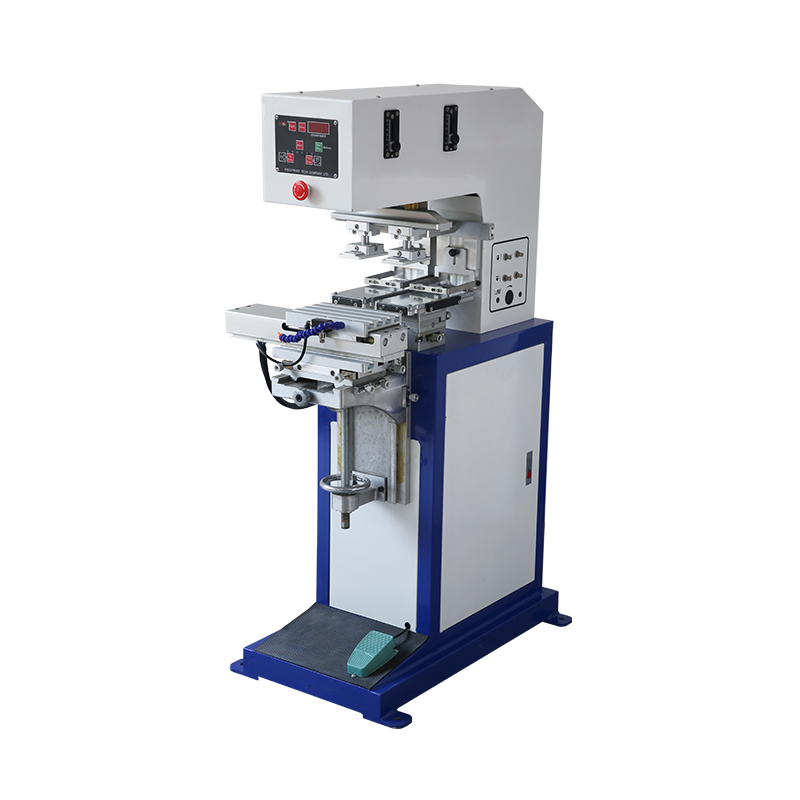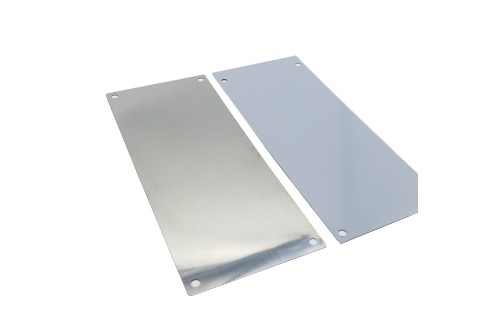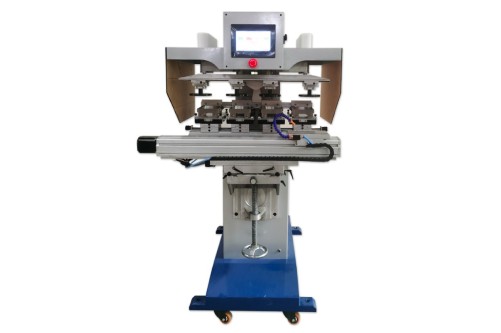Introduction
In the dynamic landscape of the printing industry, the choice between traditional pad printing machines and their digital counterparts has become a pivotal decision for businesses. While digital printing has surged, pad printing machines continue to carve their niche, offering unique advantages that cater to specific industry needs.

Advantages of Pad Printing Machines
Tactile Printing Excellence
In a world where the sense of touch is crucial, pad printing machines stand out for their unparalleled ability to create tactile prints. The process involves using a flexible silicone pad to precisely transfer ink onto irregular surfaces, resulting in a distinct tactile feel. This capability is especially vital in electronics and medical devices, where tactile feedback is a key user experience factor.
Advantages of Pad Printing Machines (Continued)
Durability in Prints
Another noteworthy advantage that sets pad printing machines apart is the exceptional durability of the prints they achieve. The process ensures that prints resist wear, tear, and exposure to various environmental conditions. Compared to digital printing, which may face challenges in maintaining longevity, pad printing provides lasting and robust imprints. This durability factor is crucial in industries where product identification, branding, or instructional markings must withstand prolonged use.
Customization Capabilities
Addressing Diverse Industry Needs
Beyond tactile printing and durability, the customization capabilities of a pad printing machine make it a versatile solution for a wide range of industries. Whether it’s automotive components, promotional products, or medical devices, these machines offer the flexibility to adapt to diverse needs. This adaptability is essential for businesses seeking a tailored approach to meet specific product branding or regulatory requirements.
Application Versatility
Handling Various Substrates and Surfaces
Pad printing machines shine in their ability to handle an extensive array of substrates and surfaces. Pad printing excels on irregular or three-dimensional surfaces, unlike some digital printing methods. This versatility is invaluable in industries where products vary widely in shape and material. From plastics and metals to glass and ceramics, a pad printer’s adaptability ensures a seamless printing process, allowing for consistent and high-quality imprints.
Cost-Effectiveness
Analyzing Cost Considerations for Pad Printing Machines
In printing technology, cost-effectiveness is a critical factor influencing the decision-making process. Pad printing machines present an appealing cost proposition, not only in terms of initial investment but also in ongoing operational expenses. Pad printing is a financially prudent choice compared to specific digital alternatives, which may incur higher consumable costs, particularly for businesses engaging in medium to high-volume production.
Overcoming Challenges
Addressing Misconceptions and Enhancing Results
While the merits of pad printing machines are undeniable, common misconceptions and challenges associated with the technology exist. Potential buyers must know these aspects and understand how to overcome them for optimal results. Proper training and technological advancements can mitigate issues such as setup time and the learning curve. This section aims to provide insights and solutions to ensure a smooth adoption process for users considering a pad printing solution.
Technological Advancements
Embracing the Future of Pad Printing Machines
The evolution of technology plays a pivotal role in maintaining the competitiveness of pad printing machines. Recent advancements have propelled these machines into the era of intelligent manufacturing. Integration with IoT technologies allows real-time monitoring, predictive maintenance, and enhanced overall equipment effectiveness (OEE). This convergence of traditional printing expertise with cutting-edge technology ensures that pad printing machines not only endure but thrive in the rapidly changing landscape of modern manufacturing.
Industry Standards and Compliance
Ensuring Reliability in Regulatory Environments
For industries with stringent regulatory requirements, the choice of a pad printing machine extends beyond its operational capabilities. It involves ensuring adherence to industry standards and compliance with specific regulations. Manufacturers and businesses can rest assured that these machines meet the necessary quality, safety, and traceability criteria. This section delves into the importance of choosing a pad printer that aligns with industry standards, providing users peace of mind in regulated environments.
Case Studies
Showcasing Success Stories
Let’s delve into a series of case studies to further illustrate the real-world impact of pad printing machines. These success stories highlight how companies across diverse industries have benefited from the unique advantages of pad printing. From achieving brand consistency to enhancing product identification, these cases provide tangible examples of how investing in a quality pad printer has positively influenced businesses and their bottom lines.
Conclusion
In conclusion, the longevity and adaptability of pad printing machines position them as indispensable tools in the printing industry. From their ability to deliver tactile prints and durable imprints to handling diverse substrates, these machines continue to thrive amidst the rise of digital alternatives. Technological advancements and a commitment to industry standards ensure that pad printing remains a competitive and reliable solution for businesses across various sectors.







